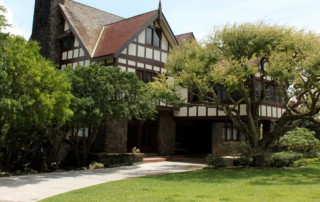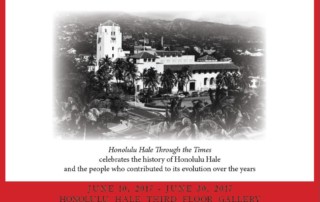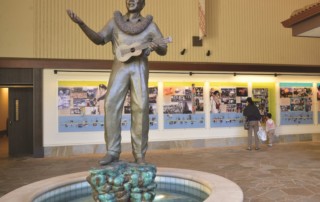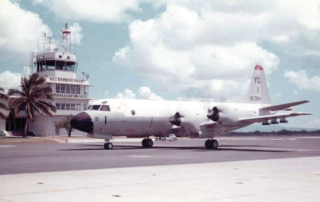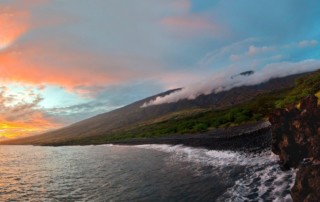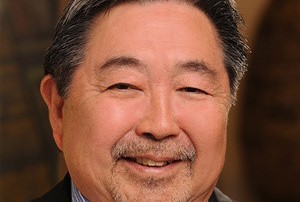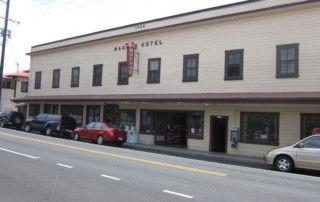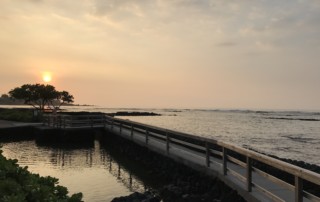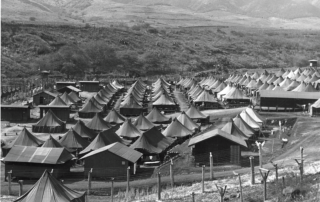Treasures in our Backyard: Manoa Heritage Center & Kūaliʻi
This hidden gem nestled in Manoa is a 3.5-acre living classroom that promotes the understanding of Hawaiʻi's natural and cultural heritage. Tours are offered for adults and school children by reservation only. As described on the Center's website, tours include a pleasant 1-hour outdoor guided walk through a garden of Native Hawaiian and Polynesian introduced plants; broad views of the Mānoa Valley; a close look at Kūkaʻōʻō Heiau, (an ancient Hawaiian sacred stone structure) as well as the history of Kūaliʻi, the private home of Sam and Mary Cooke, which will one day be open to the public as a museum. Kokiʻo keʻokeʻo in the Native Hawaiian Garden. Photo credit: Mānoa Heritage Center. Kūka‘ō‘ō Heiau. Photo credit: Mānoa Heritage Center Just 10-minutes from busy downtown Honolulu, this wahi pana immediately engages everyone as they enter from Mānoa Road and see before them Kūaliʻi, a well preserved 106-year old tudor-style house. A peaceful walk with trained volunteer docents through a Native Hawaiian garden and spectacular valley views beyond ancient Kūkaʻōʻō Heiau provide an interactive experience for those interested in Mānoa’s transition over time, conservation of rare native plants, legends from the past and important cultural practices passed down through kūpuna. Inspired by Sam and Mary Cooke who founded Mānoa Heritage Center over 21 years ago, stewardship of this special place continues for generations to come. Click here to learn more about Mānoa Heritage Center and to make a reservation for a tour.


